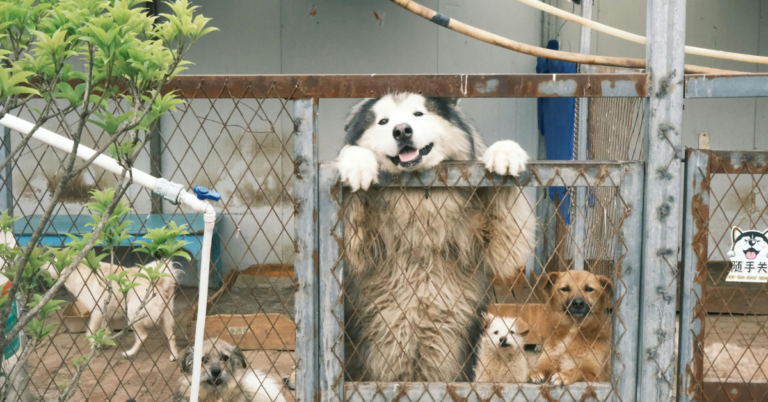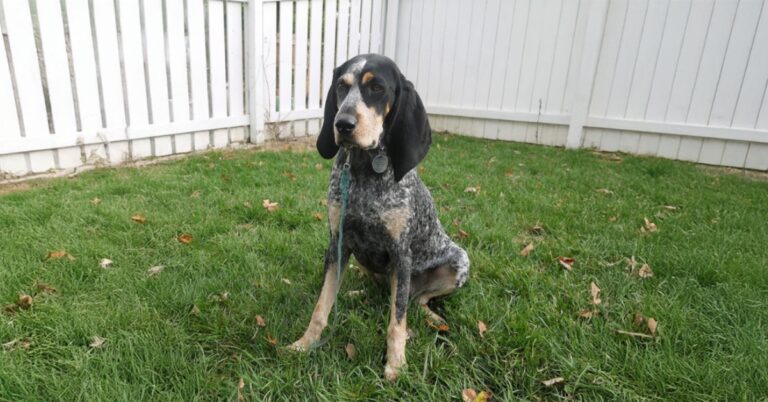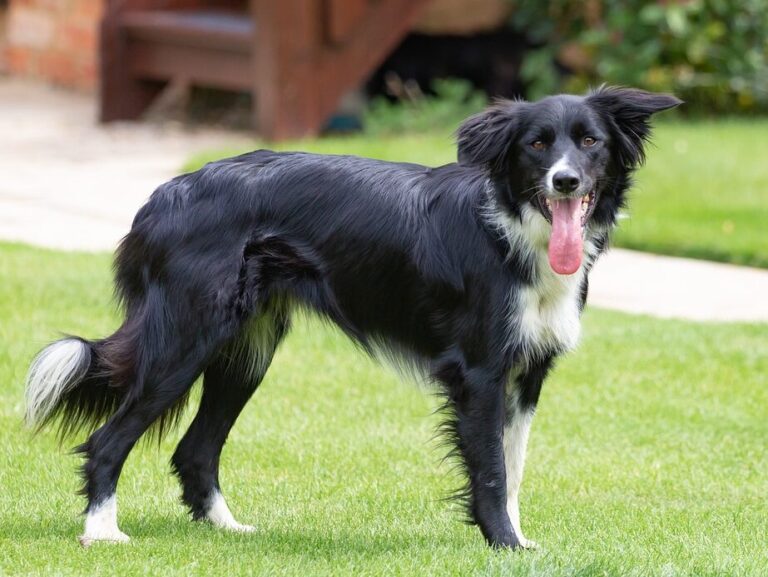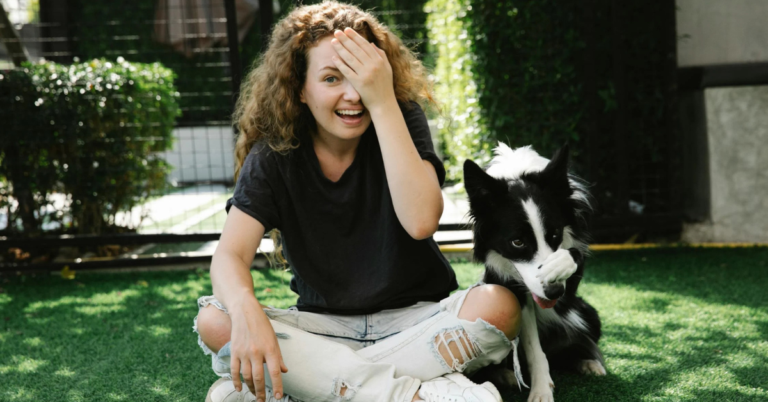20 Big Dog Breeds And The Best Expert Tips To Manage Their Wellbeing
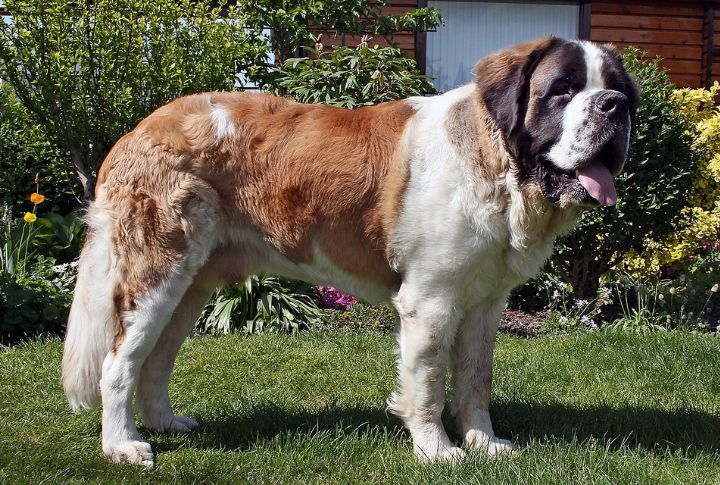
Big dogs come with big responsibilities. You picture lazy afternoons with a gentle giant sprawled across your couch, but reality kicks in when that couch starts to bend under its weight. Raising a large dog isn’t just about love—it’s about providing them with structure. These big babies need your patience and expert tips on what they need to stay happy and healthy.
Great Danes
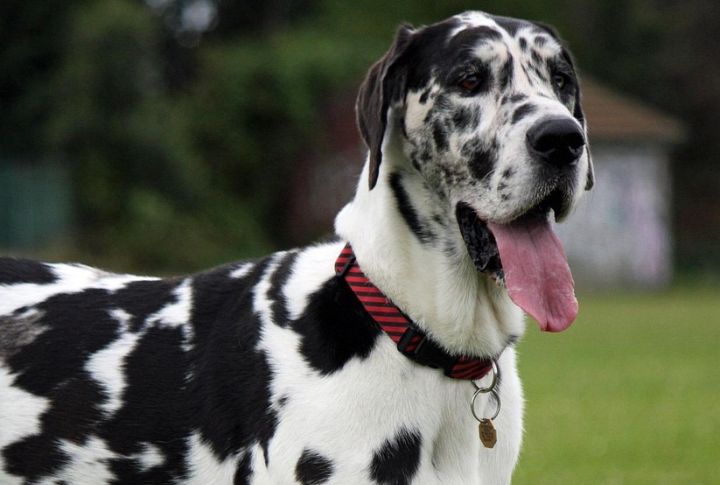
Great Dane puppies are undeniably adorable with their big paws and wobbly steps, but their fast growth can stress their developing joints. A balanced diet with the right calcium and phosphorus levels helps support healthy bone growth. Too much exercise too soon can lead to long-term problems.
Expert Tip: Orthopedic beds and controlled movement help prevent joint stress during their early years.
Boerboels
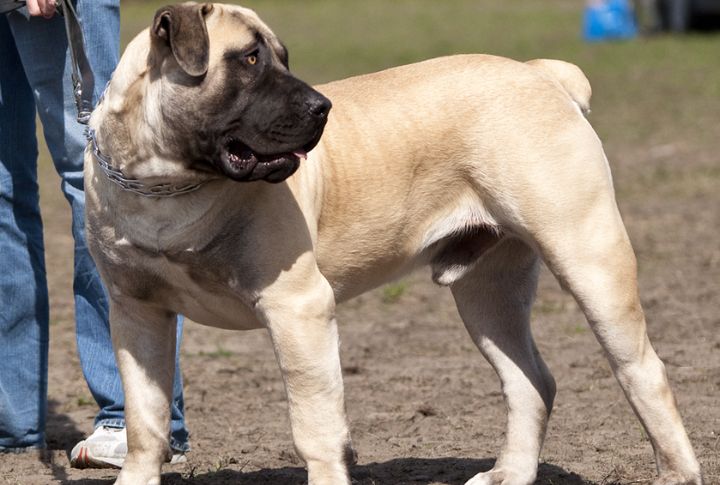
How firmly you decide to train them determines whether a Boerboel becomes a devoted protector or a headstrong handful. They crave confident guidance from an early age. Without clear boundaries, they assume the leadership role.
Expert Tip: Structure obedience training into daily routines; consistent commands prevent behavioral problems.
Alaskan Malamutes

The breed is created on snowy fields with endless energy. The Alaskan Malamute has a high metabolism, which calls for a diet rich in protein and fat. Underfeeding results in muscle loss and frustration.
Expert Tip: Split meals into smaller portions throughout the day to maintain stamina and avoid energy crashes.
Fila Brasileiros
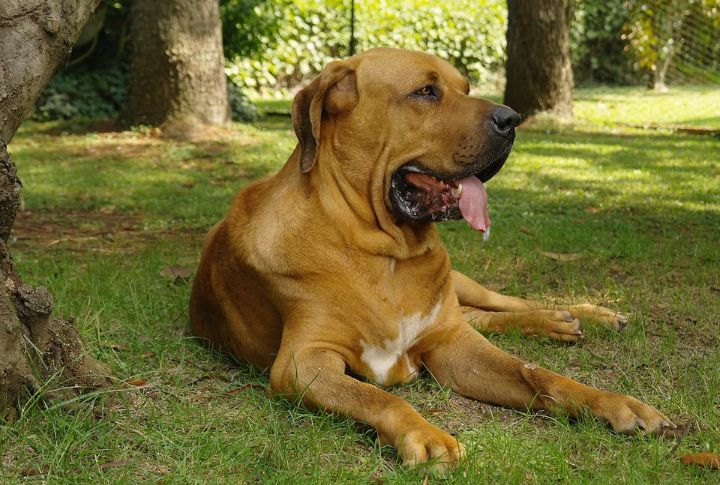
A Fila Brasileiro falls head over heels with its family but distrusts strangers. Even early socialization won’t erase their natural guard dog instincts. Owners must balance cuddle time with discipline.
Expert Tip: Controlled introductions to new people and places often reduce anxiety while it helps trust-based training.
Leonbergers
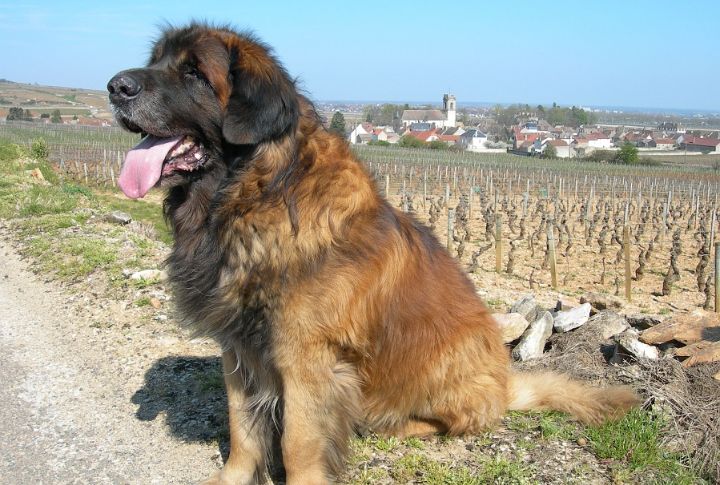
Not all Leonbergers have sensitive stomachs, but when they do, bloat is a serious concern. Large meal portions can increase the risk of gastric torsion. Split the meals throughout the day to help digestion.
Expert Tip: High-quality, digestible food and slow-eating techniques lower the chance of stomach upset or bloating.
Kangal Dogs
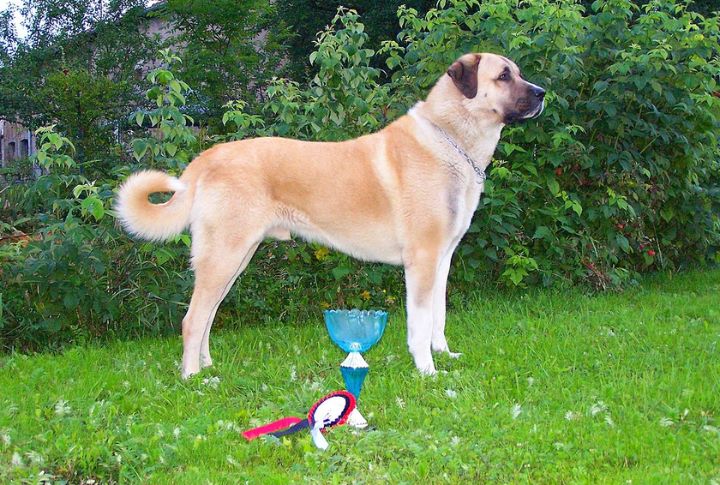
Protecting livestock is their instinct, but living in a household requires adjustments. Without exposure to different environments from puppyhood, Kangals misinterpret harmless situations as threats.
Expert Tip: Gradual introductions to people, animals, and various settings refine their protective nature into controlled vigilance.
Scottish Deerhounds
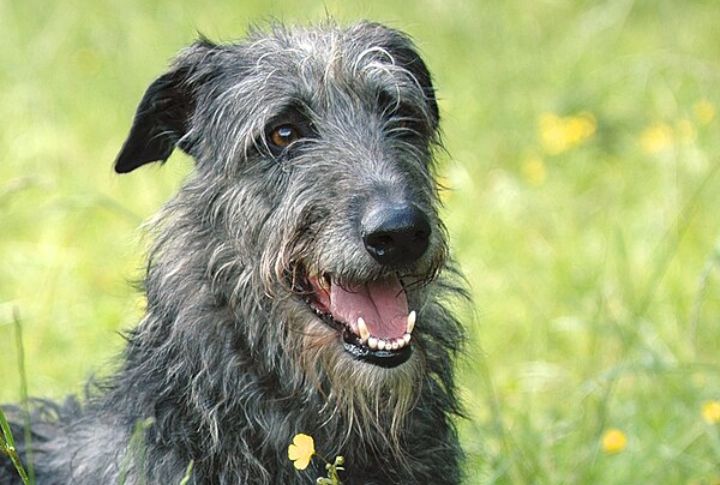
Scottish Deerhounds are a tall, dignified breed with deep chests, a feature that makes them prone to bloat. To reduce this risk, it’s important to train them to eat slowly and practice structured feeding. This helps prevent the condition from becoming a serious issue.
Expert Tip: Space meals apart and avoid vigorous activity before or after eating to reduce bloating risks.
Dogue De Bordeaux
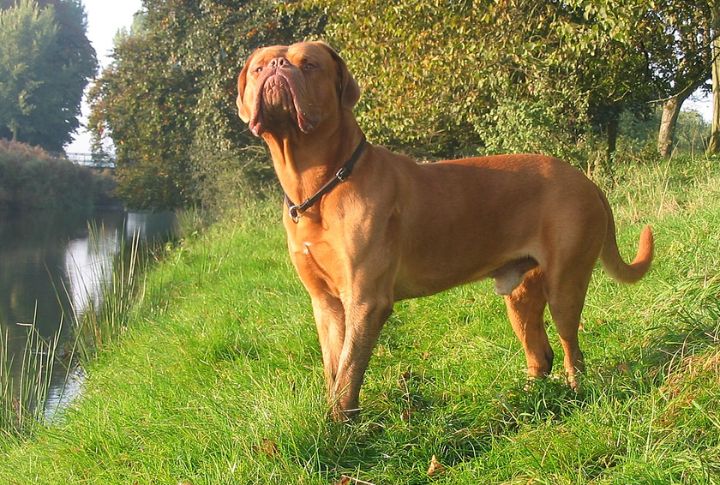
The wrinkly but powerful jaws of this mastiff breed can be a handful if you don’t teach them what they can have in a mouthful. A Dogue de Bordeaux needs firm but positive reinforcement to curb destructive chewing. Bite inhibition should start young.
Expert Tip: Heavy-duty chew toys satisfy their instinct while preventing furniture damage.
Saint Bernards
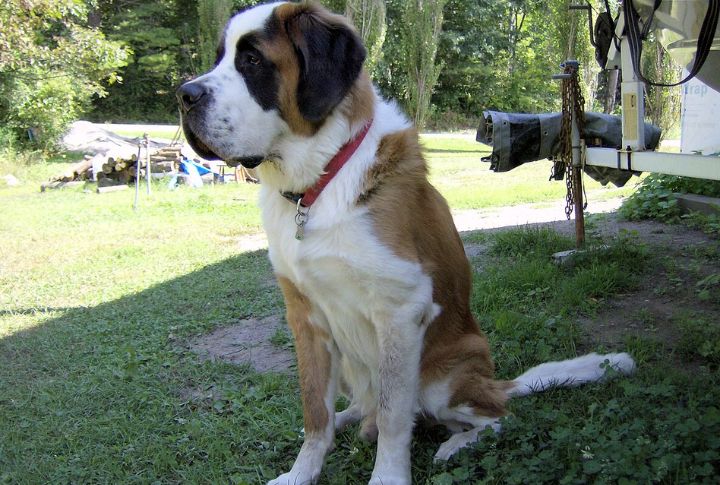
That fluffy, shaggy coat may look cuddly, but it can make Saint Bernards struggle in the summer heat. Their thick fur traps warmth, making them prone to overheating, even if they’re not doing much.
Expert Tip: Never shave their coat—it regulates temperature. Cooling vests or damp towels keep them comfortable on warm days.
Neapolitan Mastiffs
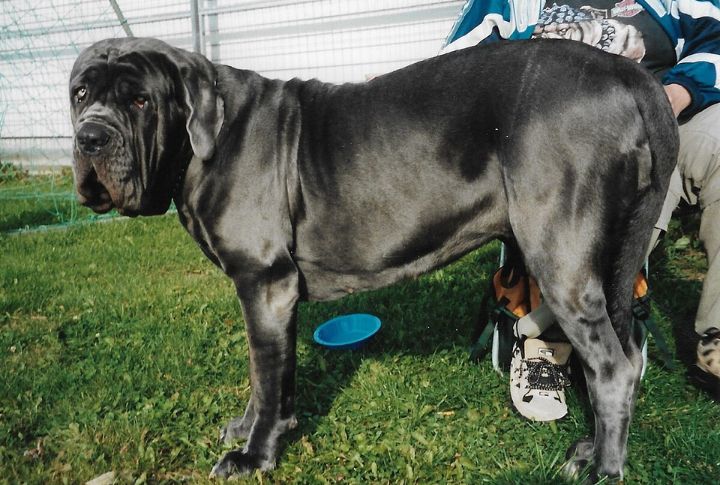
Wrinkles add to a Neapolitan Mastiff’s charm but trap moisture and bacteria amid those cute skin folds. They are susceptible to lip-fold pyoderma. Regular maintenance and wipe-downs can prevent this.
Expert Tip: Wiping folds with a mild antiseptic daily reduces irritation and odor, keeping their skin healthy and comfortable.
Irish Wolfhounds
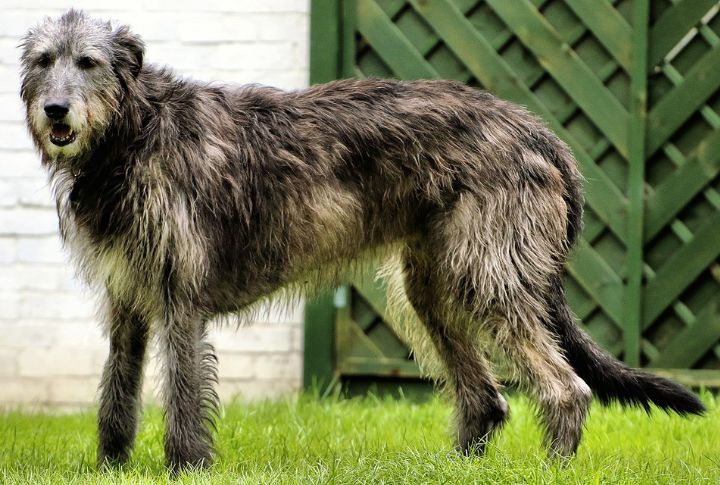
Docile in nature but with a rapid growth rate, Irish Wolfhounds need careful management to build strength in line with their development. Their joints take time to mature, and uncontrolled feeding increases weight stress on their frame. Nutrition must be intentional.
Expert Tip: Keep meals spaced out throughout the day to help maintain a lean body shape.
Black Russian Terriers
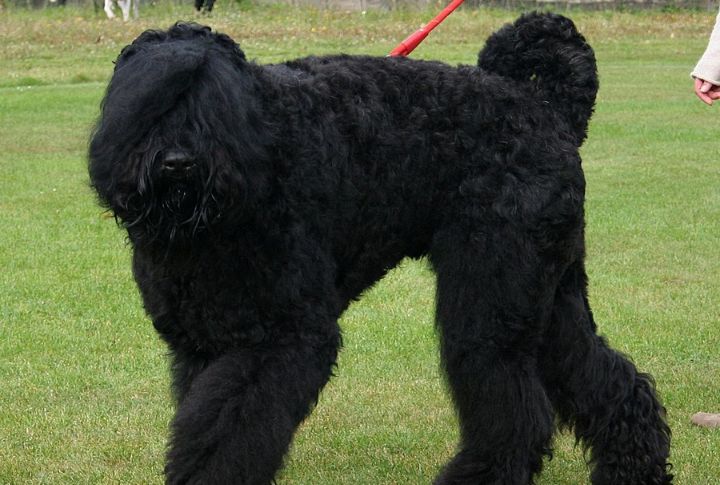
A sharp mind and natural work ethic make this breed highly trainable. Without structured days, boredom leads to destructive behaviors. Keeping their minds engaged with physical and mental activity is key.
Expert Tip: Rotate between scent work, obedience drills, and puzzle toys to stimulate your dog’s intelligence and prevent restlessness.
Tosa Inu Dogs
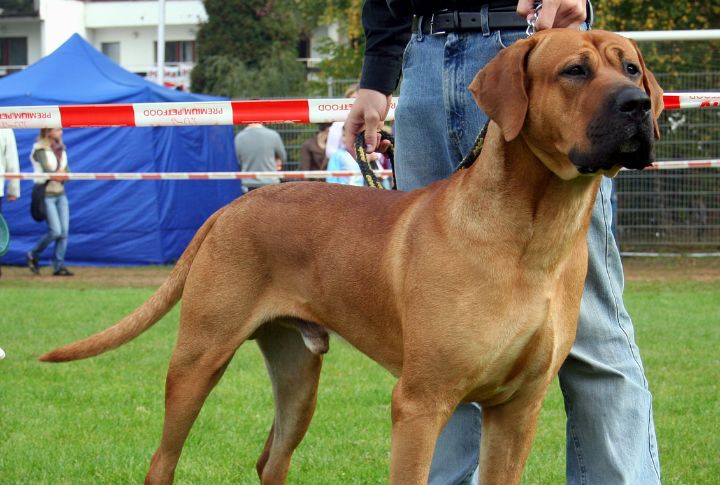
Warm weather can be tough on the muscular Tosa Inu despite their noble and large build. They’re prone to overheating, so managing their activity and providing a cool, shady environment helps keep them comfortable and stress-free.
Expert Tip: Exercise them during cooler hours and provide shaded rest areas with fresh water.
Cane Corso
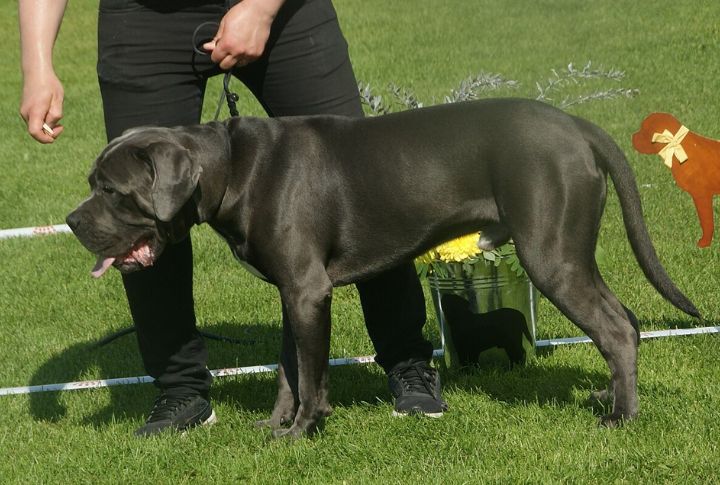
Cane Corsos rely on attentive health care as much as training. One common issue is the cherry eye, where the third eyelid gland swells and protrudes. If left unattended, it can cause discomfort or complications.
Expert Tip: Regular eye checks help catch early signs, and prompt veterinary care prevents long-term damage.
Mastiffs
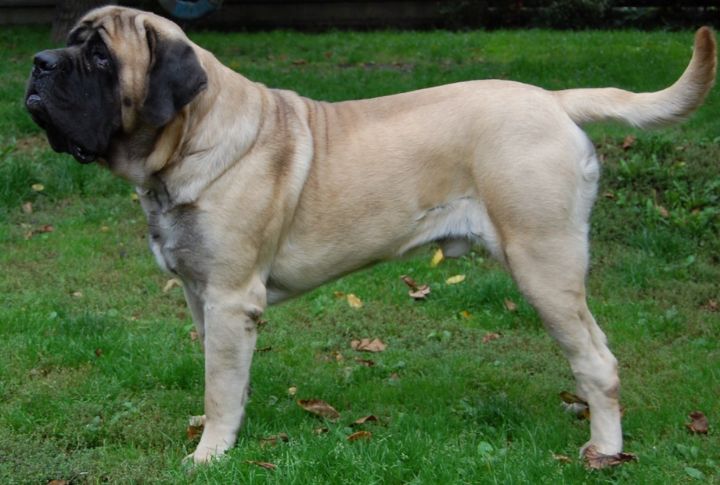
Extra weight isn’t just for the aesthetic—it puts a massive strain on their joints and organs. Obesity shortens a Mastiff’s lifespan, which makes weight management and dietary restrictions a top priority.
Expert Tip: Stick to portioned meals recommended for breed and weight, and prioritize low-impact activities like swimming to keep them in shape.
Caucasian Shepherds
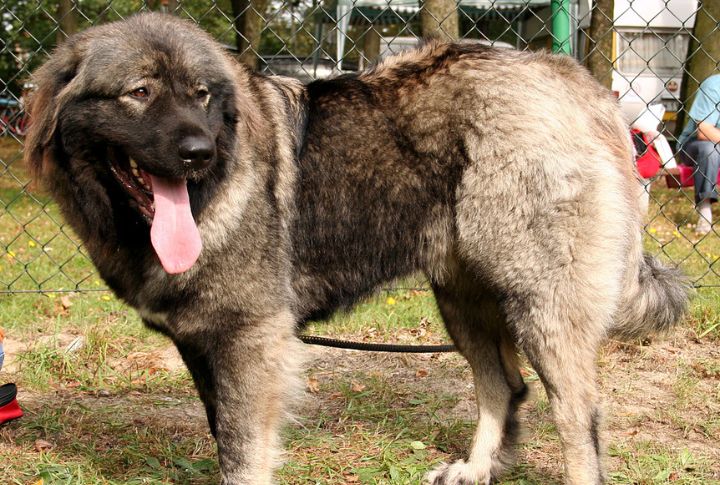
Keeping this wild child contained isn’t easy. A weak fence won’t hold a determined Caucasian Shepherd. Just as other shepherd breeds do, early training reinforces respect for boundaries in them.
Expert Tip: Secure your fences and practice consistent recall training to prevent wandering and territorial behavior.
Newfoundlands
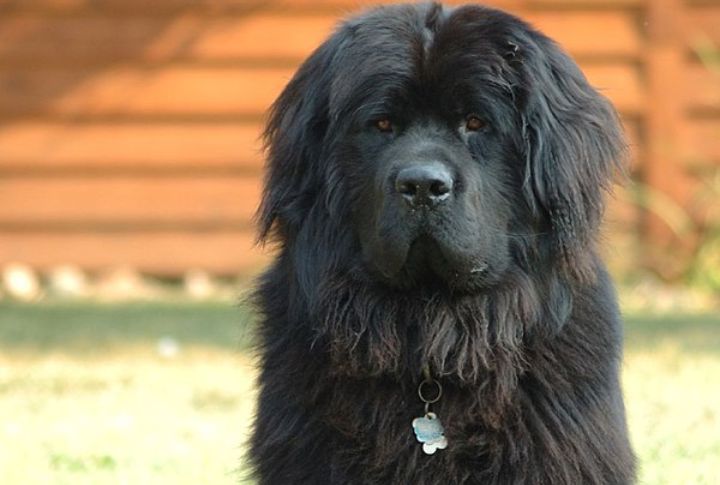
Gentle and fluffy, they’re almost like a cozy bed. Water is their natural habitat, but that thick coat requires regular care. Without grooming, their fur can mat, leading to skin infections. Routine maintenance helps keep them healthy and comfortable.
Expert Tip: Brush their fur regularly and dry them thoroughly after a swim to avoid moisture-related skin issues.
Bernese Mountain Dogs
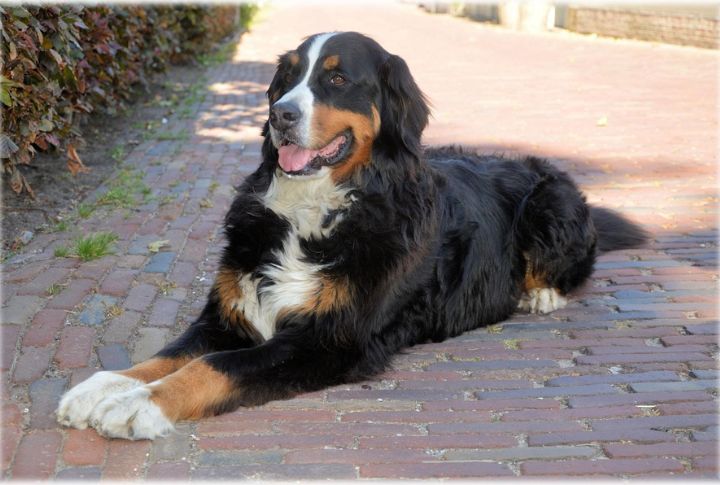
A Bernese Mountain Dog packs a lifetime of love into just a handful of years. Their affectionate nature is unmatched, but so is their risk for joint issues and cancer. Staying ahead with routine care makes a difference.
Expert Tip: Regular vet visits, joint support, and a balanced diet help them enjoy their best years longer.
Great Pyrenees
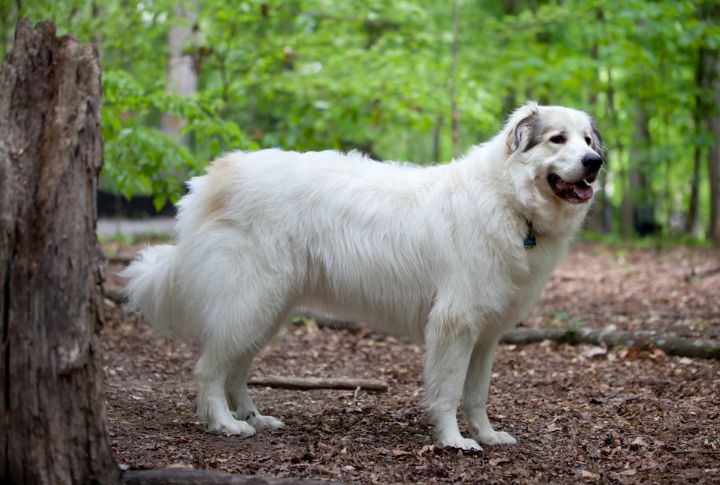
Fast eating isn’t harmless—it increases the risk of bloat, a life-threatening condition in deep-chested and large dogs. Monitor their meals and practice slow eating with them patiently through puppy years.
Expert Tip: Slow-feeder bowls and spacing out meals prevent excessive air intake while eating to reduce bloat risks.
Tibetan Mastiffs
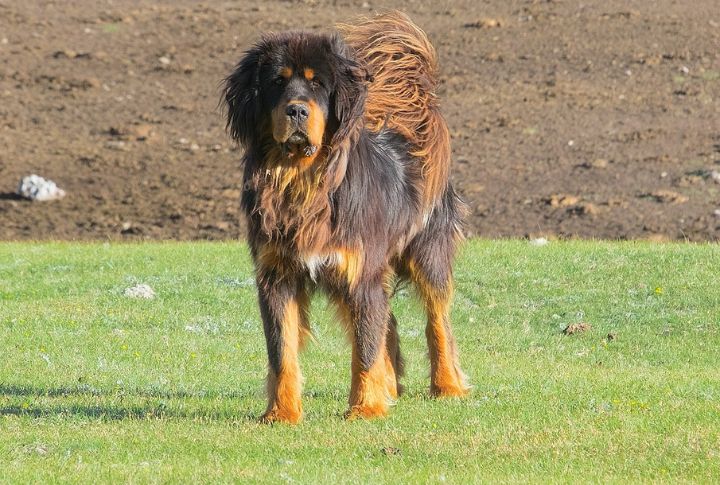
Centuries of guarding livestock have taught them how to make independent decisions. They don’t warm up to strangers easily, so training them with a balanced socialization technique prevents aggression when they are young.
Expert Tip: Controlled exposure to new people and situations refines their judgment, so they protect when necessary.

